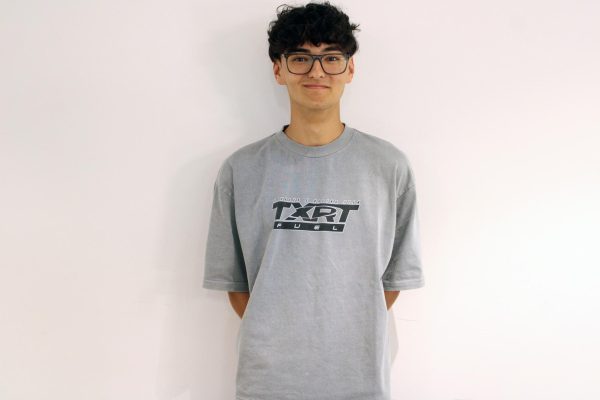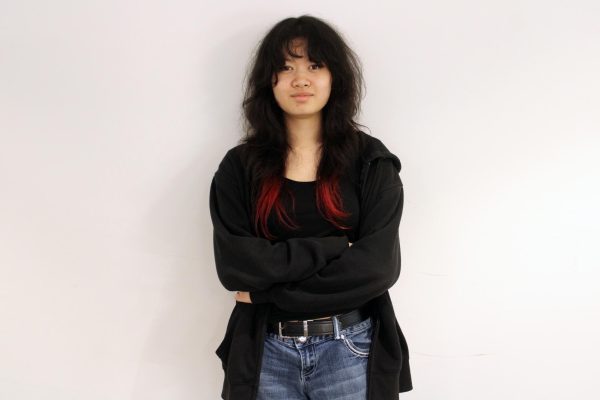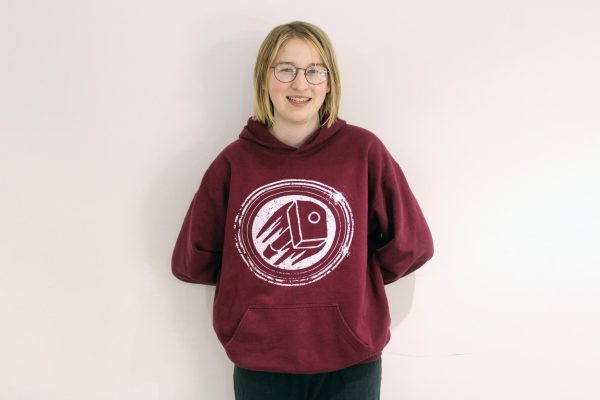Shooting range silhouettes are not racist
At some point in time, we need to draw the line with what can be considered racist and what is not. It is great that many are fighting for the end of racial inequality but nowadays, nothing is safe. Absolutely nothing. The next big thing that is under attack are the black silhouettes shown on targets.
The newest addition to the race equality movement is a campaign called “No More Black Targets.” Their goal is to instate more diverse silhouettes for ranges. Their campaign is backed by a study done in 2015 at the University of Illinois conducted by psychologists, Yara Mekawi and Konrad Bresin. They tested to see reaction time differences of people shooting at a black target compared to a white target. The test showed that shooters were more likely to shoot faster at a black target and that shooters were more “trigger-happy.”
Now, I can’t deny the results of a test made by people trained in psychology on the mental aspects of shooting at a black target. What I can do, however, is tell about the benefits of a dark target and why other colors may cause a problem.
Last summer, I was at Basic Combat Training to be in the Army Reserves. This means I spent a lot of time with a rifle in my immediate area. This also means I spent a lot of time at shooting ranges with black silhouettes. Even my first drill here at Fort Riley was spent at the range with black targets around. Despite all those little black figures, I still feel myself less inclined to shoot at the first black silhouette in sight. Why is that? Because of training.
See, targets aren’t the full problem here. It is the training one receives when they start learning about guns. I will be honest, when I was training and having trouble shooting I was told to imagine a “Jihadi was running at me and my battle buddies with a weapon aimed on us.” Not once did my drill sergeants, or any of the soldiers I work with here, tell me to imagine an African-American person. Therefore I do not see the need to shoot faster at a black person than I would anyone else.
“No More Black Targets” states that “the campaign seeks to eliminate the use of these targets, forever. In shooting ranges, in permitting and instruction environments, anywhere someone is learning to use a firearm.”
There is a problem with that “anywhere someone is learning to use a firearm” part. What will we do in the military then? When you’re on the range, it is difficult to see. Even with sunglasses, there is horrible glare seen with an even worse scope. When you have manilla-colored hardstock against a brown background, it can be difficult to even see a black target, forget other colors. This campaign wants to change the colors into something more diverse. If a pure black target is hard to see then what about the others? Granted, we do use green targets for the moving portion of our test but even seasoned veterans sometimes have trouble seeing the green. The only reason I am ever able to see those distant forest green dummies against the dark green grass is purely because they move.
Certain colors are hard to see in general. Bright colors irritate the eyes and can be hard to aim at. Let us not forget people who are colorblind. In controlled environments, other colors can certainly be used, greens, purples, pinks, anything. Once you are outside on natural land, all colors but black become difficult to see. Not impossible, but increasingly difficult.
To end this, think about something. When you see a person in the distance, no matter what color their skin is, what color is the silhouette of their body? What is the color that combines all colors when sight blurs together? Black.







David • Oct 27, 2022 at 2:26 pm
Black on white creates the most contrast. Black is also the cheapest to print.